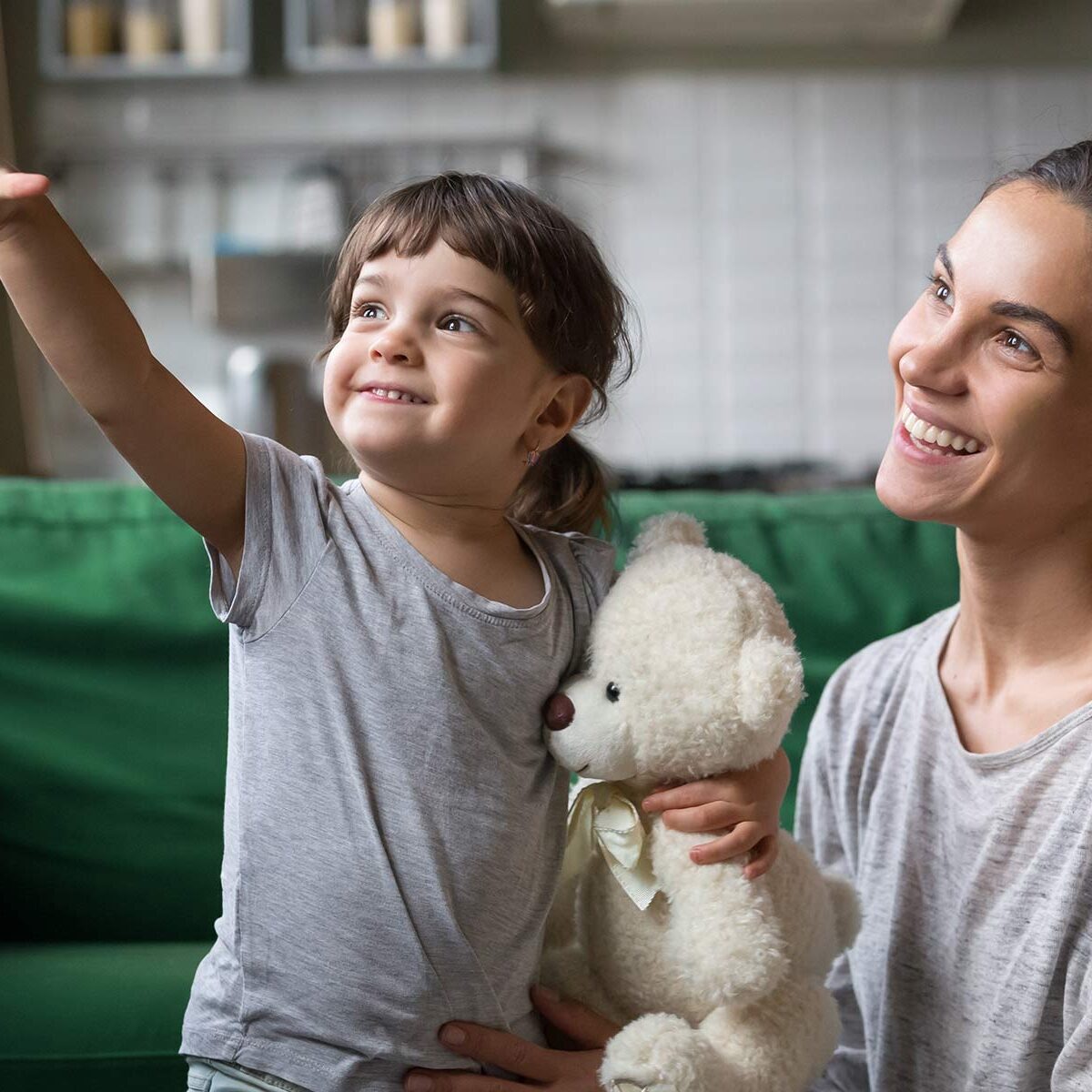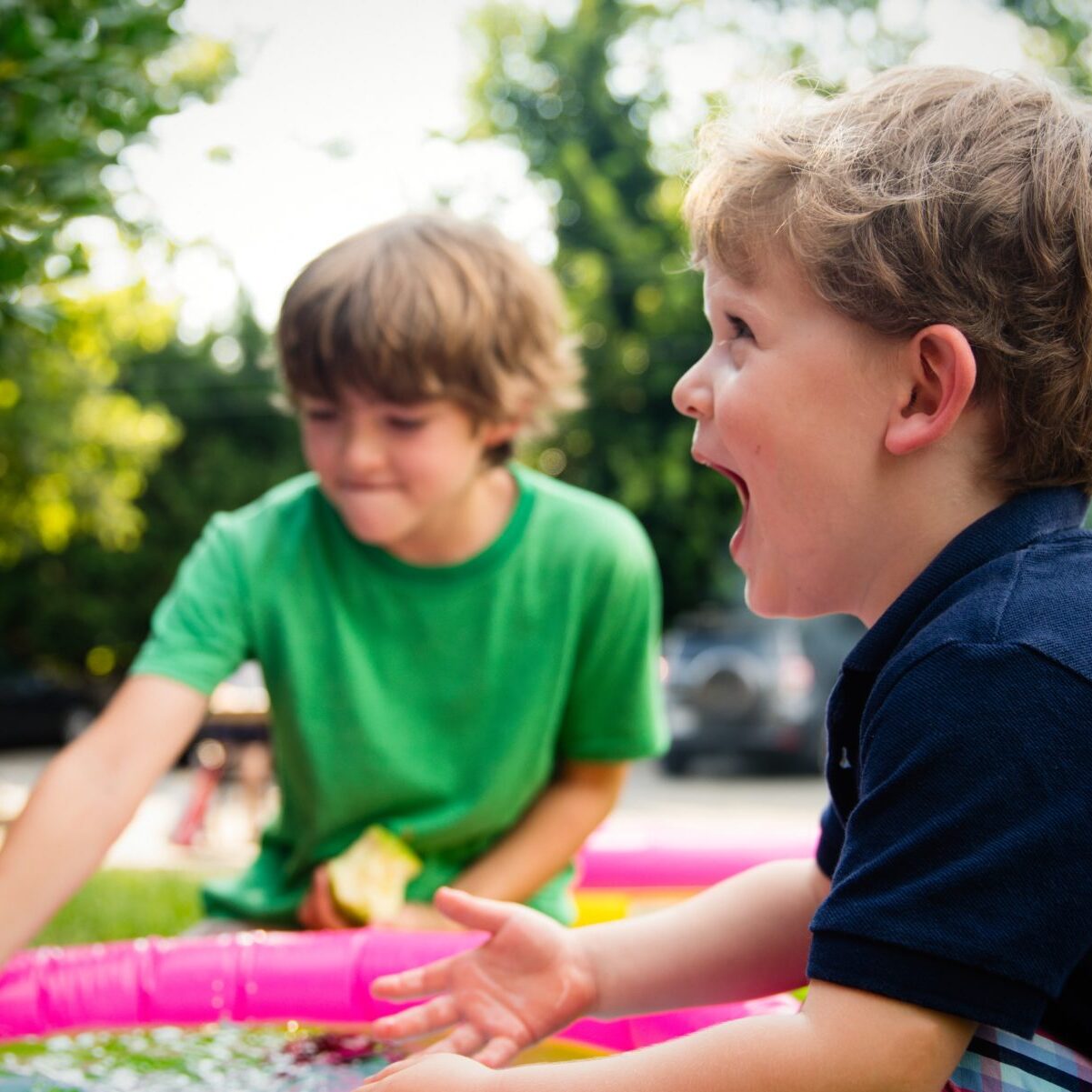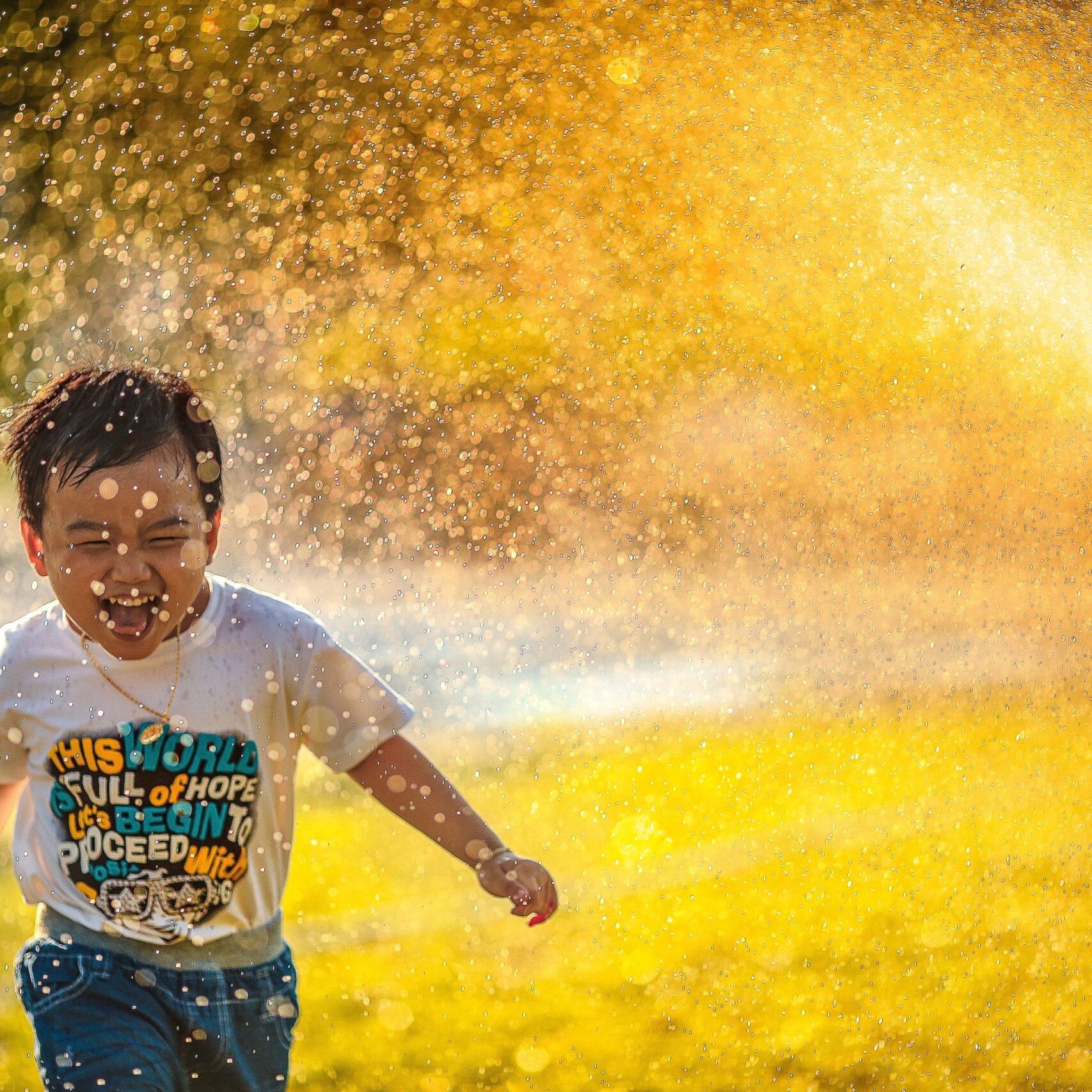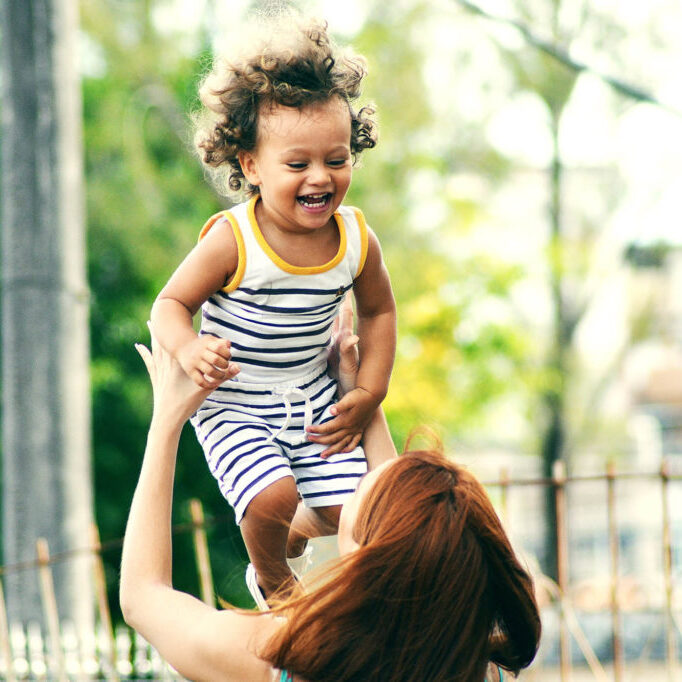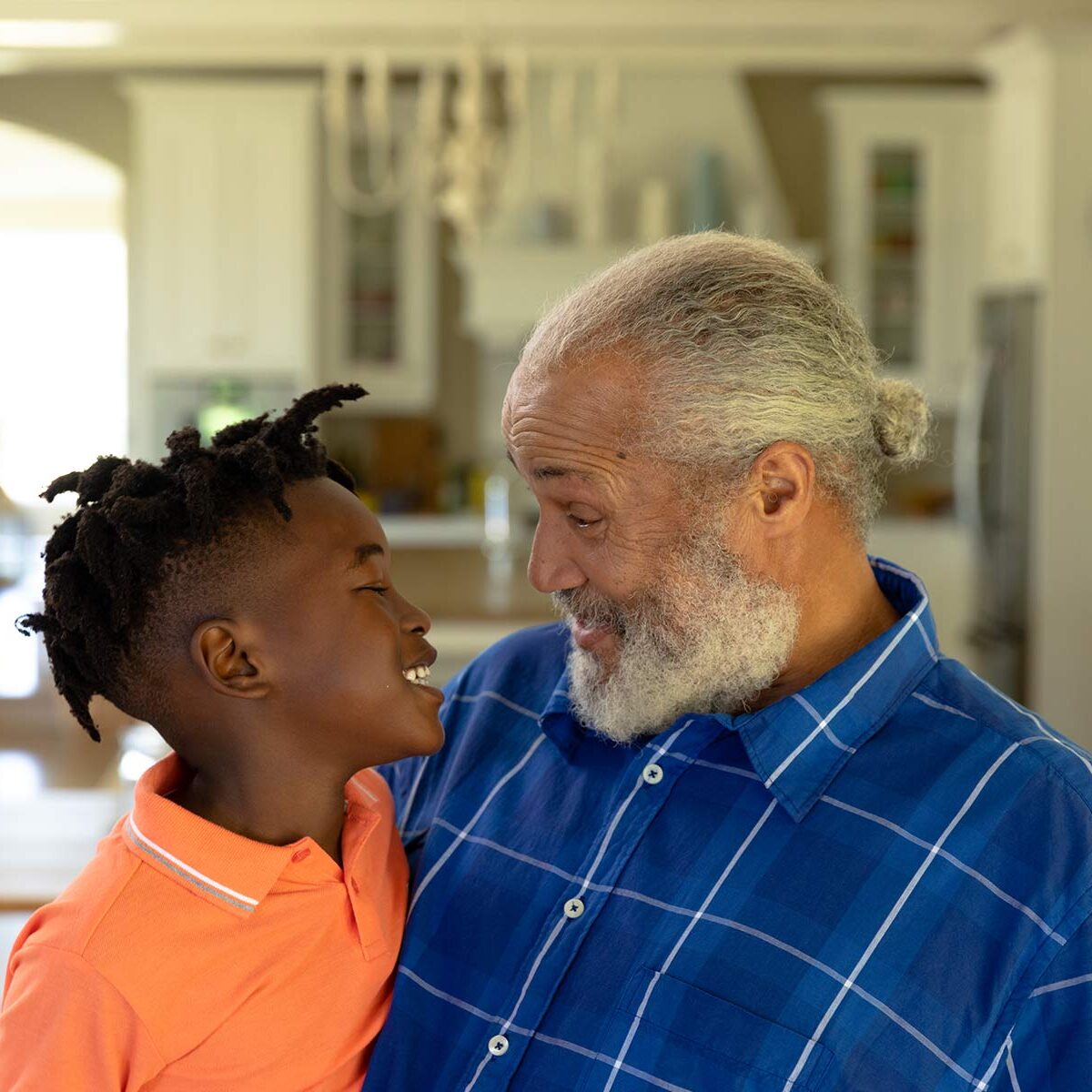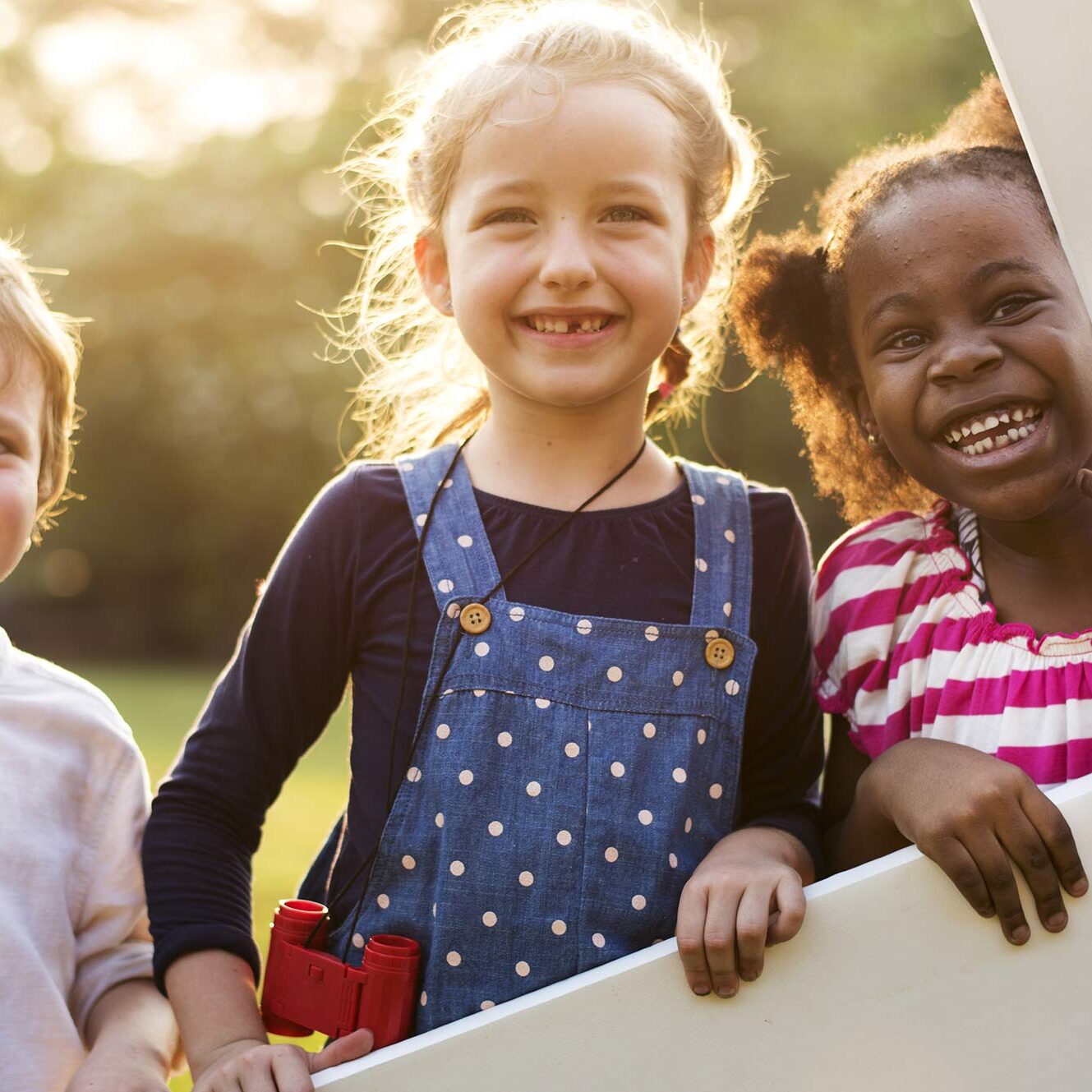
ABOUT THE AUTHOR
Erin Thompson
Coordinator, Region 5
Right before joining Kinnect, Erin worked at the University of Findlay as the Executive Assistant to the Vice President of University Advancement. There she did a bit of everything, including managing multiple calendars, meeting with donors, and planning over 15 university events each year, She has also operated her own business, Errands by Erin, and worked as an executive assistant in the music industry in Nashville, TN. While in Nashville, she volunteered as a wish granter for the Make-a-Wish Middle Tennessee. Erin holds a Bachelor’s degree in Mass Communication with an emphasis on print journalism and public relations from Wright State University. She is extremely excited to play a part in helping to change the lives of so many children!
When you sit and think about your favorite childhood memories, what comes to mind? For me, it’s the holiday season. It starts with Halloween, goes right into Thanksgiving and Christmas and ends with New Year’s Day. I think about some of my favorite Halloween costumes – I was a cheerleader, a football player, a hobo, a princess, and I’m sure I was a witch somewhere along the way. Thanksgiving always reminds me of my grandma’s broccoli casserole, and of course, pie! Then I think about all the Christmas mornings I would run down the stairs and see all the presents beautifully wrapped and ready to be torn open. I realize I am lucky to have these memories, and I know not all children have the same experience.
The holidays can be hard for children, and caregivers alike, who are involved in kinship care. What can be done to make the season as bright and merry as possible? Here are some tips.
Talk About It
Don’t shy away from discussing the holidays and how you celebrate them. If even only for this season, the child is in your care, so it’s important for them to feel included and know what to expect. You can tell them about other family that may be coming to visit, what food you eat, gifts, religious celebrations and so on. Keeping open and honest conversation is key! Doing this will limit the amount of stress a child feels during the holidays, and it will help you to avoid any unnecessary surprises.
Combine Traditions
At the same time you’re talking about your traditions, it’s important to give a child time to share their holiday memories and what’s special to them. Perhaps they enjoy a certain side dish on Thanksgiving. Putting in the effort to make that dish will help them feel more at home. Maybe they like making homemade Christmas gifts for others. Maybe putting the star at the top of the Christmas tree was always their job. Perhaps they are used to going to church services on Christmas Eve. Maybe they like to put carrots out for the reindeer, along with cookies for Santa. They may even celebrate a different holiday such as Hannukah or Kwanza. Whatever the case may be, combining your traditions with theirs will make the holiday season that much more special for both of you. You can also come up with a new tradition that you and the child can share for years to come.
Introduce Them to Family in Advance
If possible, set up times for the child to separately meet other family members in advance of the whole family getting together. This is beneficial for both the child and the other family members. Once the big family gathering rolls around, the child will recognize faces and will feel more comfortable in that setting. This is especially important if the gathering is at another relative’s home and not yours. You can also talk to the child about what to expect throughout the day. Tell them who will be there, what time you will eat, what foods you will have, how you handle opening presents, what games you play, what time you plan to leave and so on. Also discuss how you expect the child to act while they’re with other family members. Be sure to go over simple manners such as “please” and “thank you.” If the child knows what to expect and what is expected of them, the day will run more smoothly. Not taking these steps ahead of time could cause great anxiety and stress for the child.
Ask Them to Help
It’s okay to assign certain age-appropriate tasks to the child. Picking out their own Halloween costume at the store, choosing their own pumpkin to carve, setting the table for Thanksgiving dinner are all fun ways a child can get involved. They can also learn and build confidence while they help. Teach them how to wrap presents, have them stir the cranberry sauce while it cooks, taste test something for you, help you make the grocery list, or sign Christmas cards you’re sending. It can be a simple task, but it will help the child feel included, needed, and welcome in your home. The holidays might not be a happy time for them but including them in even the simplest tasks will stir up joy.
Birth Parents
If you’re in a kinship caregiver situation, another potential struggle for you is handling questions about the child’s birth parents during the holidays. The child may be worried about their parents and wondering even more than usual why they can’t be together on Thanksgiving, Christmas, or any other holiday. Let the child ask their questions and assure them it’s okay to ask about their parents. The most important thing for you to do is ease their mind about why they are with you and remind them they are in a safe and loving place. As always, the child needs to know they’re cared for and will be taken care of, especially during the holidays when a family presence is more top of mind. If the child can spend time with their birth parents, can the holiday be shared? If they are unable to be with their birth family, perhaps the child could make a card or gift to send to their parents. That might bring the child some comfort.
Signs to Look For
Because the holidays can be a difficult time for children in kinship care, it’s important for the caregiver to keep an eye out for any signs of sadness or grief, and to address them as soon as possible. Open communication is key. Talk to the child, assure them they are in a safe place and can talk about whatever is on their mind. If they don’t want to talk, give them some space and try again. Let the child know you are there for them, no matter what. Signs to look for include reverting back to younger behaviors, soiling themselves or bedwetting, becoming withdrawn or isolating themselves, temper tantrums, acting rebellious, or complaining more than usual. Knowing what to look for will help you confront the issue head on.
If you are a kinship caregiver, please remember to give yourself some grace. You are doing an amazing thing for the children in your life, and they are so lucky to have you. Enjoy all the magic the holiday season brings!
Additional Resources:
Ohio Department of Job and Family Services
Celebrating Holidays with Children You Foster (fosteringperspectives.org)




